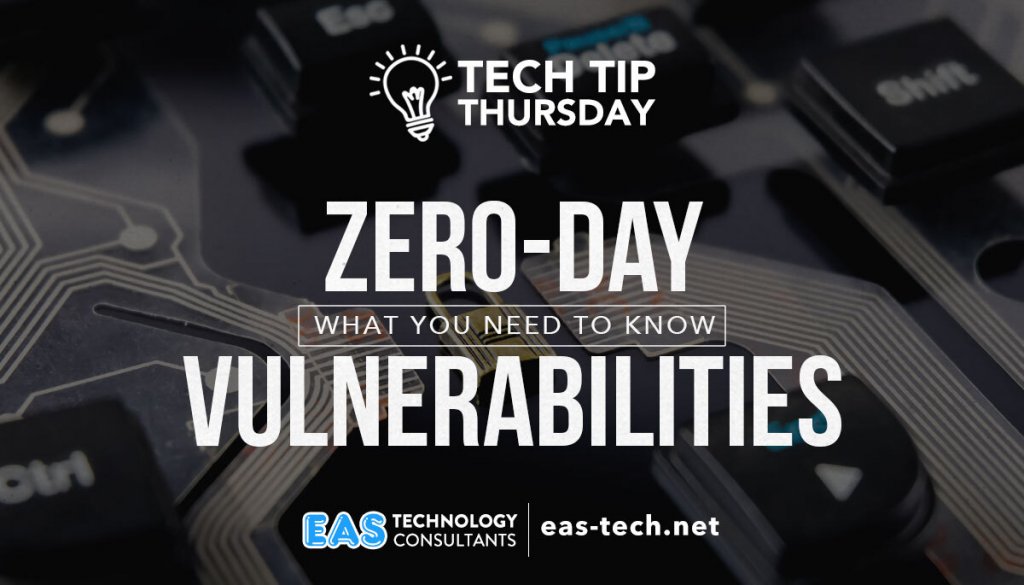
It feels like every week there is a new major zero-day vulnerability exploited in one of our most used software applications. Adobe Flash, Oracle Java, Microsoft Windows… the list goes on. Print Nightmare certainly dominated the headlines but there is no telling what will be next. In this blog post, we will take a look at what zero-day vulnerabilities are and why they are such a big deal. We’ll also provide some tips on how you can protect yourself from these attacks.
First, what is a zero-day vulnerability?
A zero-day vulnerability is a security flaw that is unknown to the software developer. This means that there is no patch or fix available for the flaw. These vulnerabilities are often exploited by cybercriminals because they know that users will not have updated their software to protect against the attack. This leaves them wide open to attack.
Zero-day vulnerabilities are a big deal because they can be used to exploit systems on a massive scale. We’ve seen this happen time and time again with major attacks like WannaCry and Petya. In these attacks, cybercriminals were able to take advantage of unpatched systems to spread their malware quickly and easily. This resulted in billions of dollars in damages and disrupted the lives of millions of people.
What motivates threat actors to exploit zero-day vulnerabilities?
There are a few different reasons why threat actors may choose to exploit a zero-day vulnerability.
First, as we mentioned before, they know that many users will not have updated their software to protect against the attack. This leaves them wide open to attack.
Second, zero-day vulnerabilities can be used to gain access to sensitive information or systems. This information can be used for a variety of purposes, including financial gain, espionage, or even just to cause chaos.
Third, zero-day vulnerabilities can be used as a stepping stone to launch other attacks. For example, a cybercriminal may use a zero-day vulnerability to gain access to a system. Once they have access, they can then install other malware or carry out other malicious activities.
How can you protect yourself from zero-day vulnerabilities?
There are a few steps you can take to protect yourself from zero-day vulnerabilities. First, keep your software up to date. This is one of the most important things you can do to protect yourself from these attacks. Cybercriminals are constantly searching for new vulnerabilities to exploit, so it’s important to have the latest security patches installed.
Second, use a reputable security suite. This will help to protect you from a variety of threats, including zero-day attacks.
Third, be cautious when clicking on links or opening email attachments. This is often how cybercriminals will deliver their malware to your system. If you are unsure about a link or attachment, don’t click on it.
By following these steps, you can help to protect yourself from zero-day attacks. However, it’s important to remember that these attacks can be highly sophisticated and difficult to detect. One of the best ways to protect yourself and your organization is to engage in ongoing security awareness training.
Are you ready to secure your organization and engage in security awareness training? Simply submit your name and email address below and we’ll be in touch!
